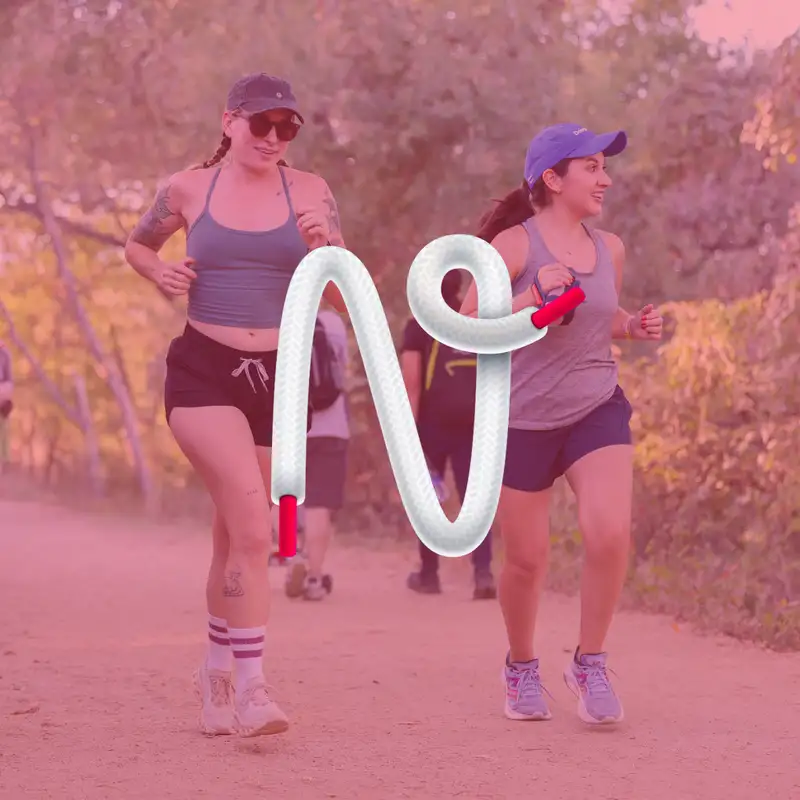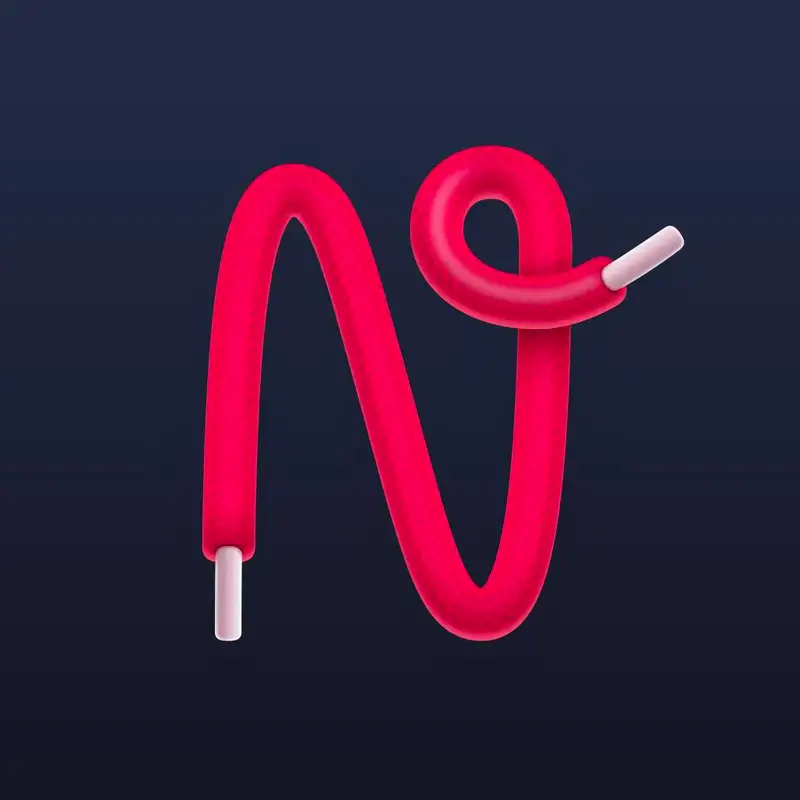3 Flaws in Couch to 5K (And a Better Plan for Beginner Runners)
Three flaws in Couch to 5 k and a better plan for beginner runners. Couch to 5 k launched in 1996, but its story starts with Josh Clark, a non runner who found learning to run tough. To help his mommies into running with a gentler approach, he created a simple plan for her that eventually became couch to 5 k, now a popular program around the globe helping millions start running. As an RR certified distance running coach, I'm a fan of the simplicity of Couch to 5 k and the encouraging community of runners it has built. Couch to 5 k is a well known program, but it's not the best starting point for everyone.
Coach Mark:Its popularity has made it almost synonymous with learning to run, but there's much more effective approaches that might be a better fit for you. While I realized the couch to 5 k running plan should be looked at as a guide and that no generic training plan is perfect, it does have 3 big flaws. One, there's no strength and mobility component. 2, it focuses on distance instead of time. 3, it progresses too quickly.
Coach Mark:These flaws make Couch to 5 k especially difficult for beginner runners and those who are overweight. If you wanna start running and need a plan that progresses with you, a plan that you're in control of and not the other way around, running shouldn't be so hard that you risk injuring yourself, burning out, or giving up. That's why I made an easy 12 week plan and an app for real beginners called None TO Run. First flaw, there's no strength and mobility component in the couch to 5 k. Running is stressful on the body, especially when you're just getting started.
Coach Mark:Beginner runners generally don't have the lower body strength needed to prepare themselves for the demands of running. Some general strength and mobility exercises will help you manage these demands. It will also cut the chances of getting injured. Staying injury free during the 1st few weeks of running is crucial. 5 to 10 minutes of strength training per week will do wonders.
Coach Mark:No equipment required. Couch to 5 k suggests stretching before and after each workout. I think you'll get much more bang for your buck with a simple strength and mobility routine. Number 2, run for time in the beginning, not distance. When you're just getting started as a runner, your body doesn't know how far you ran.
Coach Mark:It only knows that you're on your feet for a certain amount of minutes. Couch to 5 k suggests that you can run for time or run for distance. When running for distance, beginner runners often feel pressure to cover a certain distance in a certain time. This creates bad running habits that can lead to burnout, injury, and less enjoyment. Number 3, repeating some weeks should be mandatory.
Coach Mark:Beginner runners need time for their bodies and minds to adapt to running. Newbies often develop injuries like shin splints, Achilles tendinitis, IT band syndrome, and plantar fasciitis. Counties to 5 k increases the time or distance with each week. While it does say to repeat weeks if needed and to progress when you feel ready, I think there should be mandatory repeated weeks. Repeating weeks is more conservative, decreases the chance of getting injured, and perhaps most importantly will be more enjoyable.
Coach Mark:Bonus, Couch to 5 k's week 1 is too hard. Week 1 of Couch to 5 k, intervals of 1 minute of running and 90 seconds of walking. 1 minute of running and only 90 seconds of rest is simply too much for most beginner runners. Struggling through week 1 from both the physical and psychological aspect often makes people wanna quit before gaining any momentum. With the shortfalls of coach to 5 k that I've mentioned, I have a better running plan for you.
Coach Mark:Perhaps you've tried coach to 5 k in the past with no success. Was moving from week 3 to week 4 too much, Too soon? Maybe you're carrying some extra weight and need a beginner running plan that will serve you better both during and after it's complete? Enter none to run. None to run includes simple strength and mobility routines with no equipment required, is based on running time, not how many miles or kilometers you cover, progresses safely and conservatively, incorporates behavioral science best practices to build habits and confidence, and has a supportive and inclusive community.

